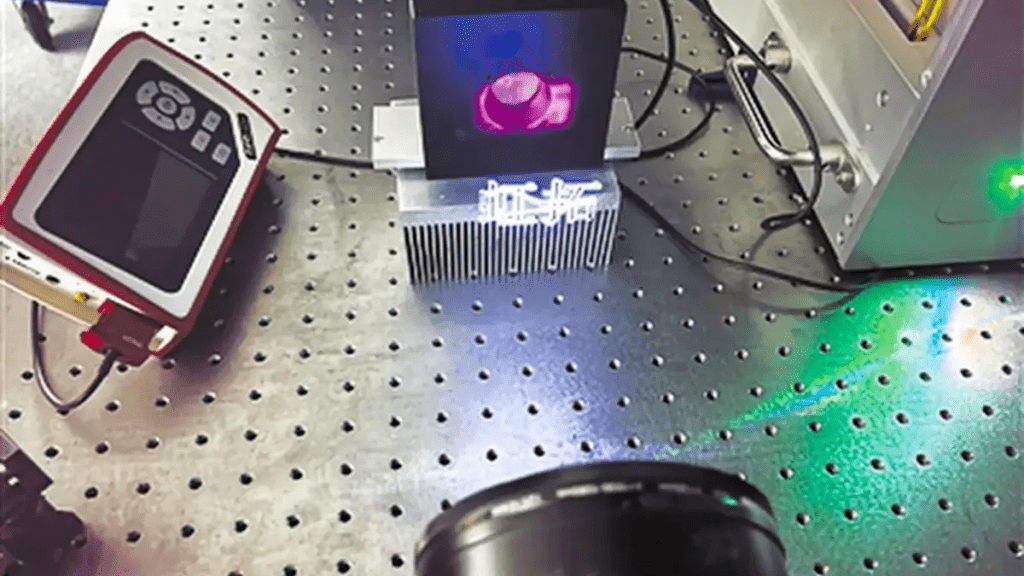In this week’s exciting news, it has been reported that Chinese scientists have launched an impressive and state-of-the-art laser that designs Chinese characters from thin air. This is the “world’s most sensitive wind-detecting laser,” as per the scientists, which has the capability to make words stuck mid-air. According to researchers, this cutting-edge laser utilizes the mechanism of an “ultra-short laser pulse” in order to draw patterns by excoriating electrons from the air and transforming them into light particles. In this way, a breath-taking image of characters made from a tiny beam of a laser can be seen floating in the air.

Before the evolution of this technology, dust or clouds were used as a medium to create images of different patterns. Moreover, you would be amazed to know that the researchers at Hongtuo Joint Laboratory of Ultra-Fast Laser located in Wuhan’s optic valley developed such characters from lasers that can be easily seen from any side and you can even touch them with your bare hands. This is amazing. Isn’t it?
Cao Xiangdong, who is a lead scientist at the laboratory, said, “With the brand-new device, we can draw in the air without using paper and ink.” The display is an accumulation of our research over more than a decade. ” Although the team has not yet explained the working of this whole process, they have told the composition of materials that were involved. They used a 3D scanner to set out pixel dots in a specified pattern and then focused a high-intensity laser beam on the air for the formation of plasma.

Coupled with this, the plasma generated would then release its energy in the form of light, and ultimately the characters would be created in the air. It should be noticed that these characters are in the form of short pulses and last in the air for an extremely small interval of time. They “last just femtoseconds—a time unit equivalent to one quadrillionth, or one-millionth of one billionth, of a second,” as per the report.
Moreover, the whole process of illumination of characters requires an energy density of 100 terawatts per square centimeters, and the average input power that is used by this device is up to a few tens of watts. This means that we can use it easily in our daily life without any concerns about power consumption. However, researchers still believe that the technology can be further improved with some more advancements that allow us to see larger and brighter images in the near future.


